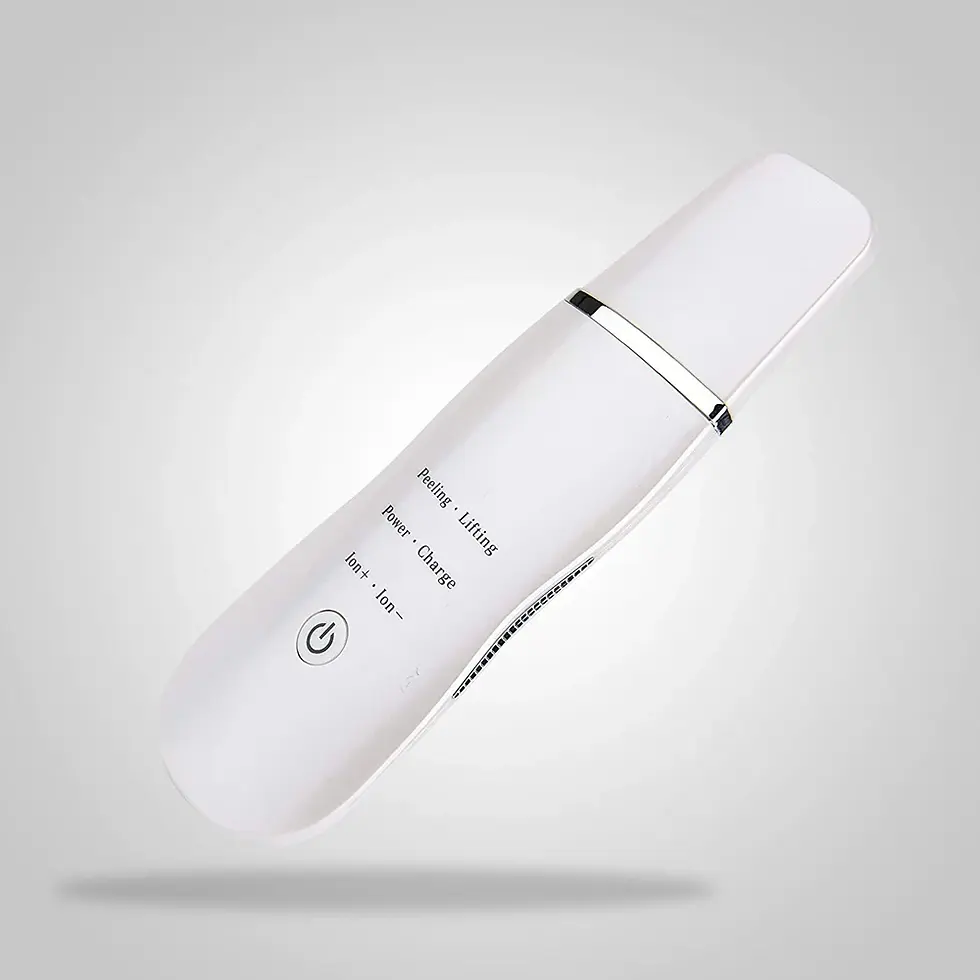Why Regular Sheet Masks Are Ineffective Under LED Treatments
- Nancy Abdou

- May 29
- 3 min read
Updated: Sep 17
Are Your Sheet Masks Blocking Your LED Results?
You’ve invested in advanced LED systems to offer your clients powerful skin-rejuvenating, anti-inflammatory, and complexion-correcting treatments. But are you unintentionally compromising your results?
One commonly overlooked factor could be interfering with the performance of your LED therapy: the sheet mask. While they’re often used to hydrate and soothe, most standard sheet masks can actually hinder light penetration—preventing your device from delivering its full therapeutic benefit.
Why Standard Sheet Masks Don’t Pair Well with LED Therapy
It’s easy to assume that using a hydrating sheet mask during LED will enhance the treatment. However, the materials and formulation of many conventional sheet masks can create a barrier that limits light transmission. Here’s why:
Light Obstruction: Most sheet masks are made from cotton, bio-cellulose or dense hydrogels that aren’t fully transparent. When placed between the LED and the skin, they reduce the amount of light energy that reaches its intended target.
Wavelength Disruption: LED therapy relies on specific wavelengths penetrating the skin to stimulate cellular activity. Opaque or uneven mask surfaces scatter this light, diffusing energy and lowering treatment precision.
Reduced Energy Delivery: If light cannot pass through effectively, the skin absorbs less energy—diminishing the overall efficacy of the session and potentially delaying visible results.
This is why a purpose-built, LED-compatible mask makes all the difference.
Introducing CelluLUX: The LED Suitable Sheet Mask

The Skindividual CelluLUX Sheet Mask was created specifically to complement professional LED treatments. Unlike standard masks, it’s designed with transparency, light synergy and ingredient performance in mind.
High Transparency: The CelluLUX mask is made from a material that allows optimal light penetration—ensuring the therapeutic wavelengths reach the skin without obstruction.
LED-Compatible Formulation: Its serum includes ingredients that work synergistically with LED light to further enhance their effectiveness and absorption.
Designed for Performance: CelluLUX supports—not competes with—your LED device, helping you deliver a more effective, results-driven treatment every time.
Why Combine CelluLUX with TADLI’s QuadLUX LED System?

At The Australian Dermal and Laser Institute (TADLI), we don’t just supply devices—we support clinicians in delivering better outcomes. Our QuadLUX LED Device ED is engineered for clinical-grade results, and when paired with the CelluLUX mask, the synergy is clear:
Maximum Light Delivery: The transparent CelluLUX mask ensures full transmission of light energy from your TADLI device to the skin.
Enhanced Treatment Efficacy: Whether you’re treating acne, pigmentation, inflammation, or collagen loss, this combination improves clinical results across the board.
Optimised Ingredient Absorption: LED exposure boosts the penetration and activation of ingredients in the CelluLUX serum.
Elevated Client Experience: More visible results and enhanced skin recovery improve satisfaction and retention.
Clinical Confidence: Using equipment and consumables that are designed to work together ensures treatment consistency and safety.
Ongoing Support: TADLI provides comprehensive training, protocols, and guidance to help you integrate CelluLUX and LED effectively.
Final Thoughts
Your LED system is a powerful tool—but only when every element of your protocol supports its effectiveness. Standard sheet masks may be doing more harm than good when used during light therapy sessions.
By switching to a specialised LED-compatible option like the Skindividual CelluLUX Sheet Mask, you eliminate that barrier—allowing your technology to perform at its full potential. With TADLI’s clinical systems and support, this pairing elevates both treatment outcomes and your clinic’s professional edge.
Want to know more about the CelluLUX Sheet Mask?




Comments